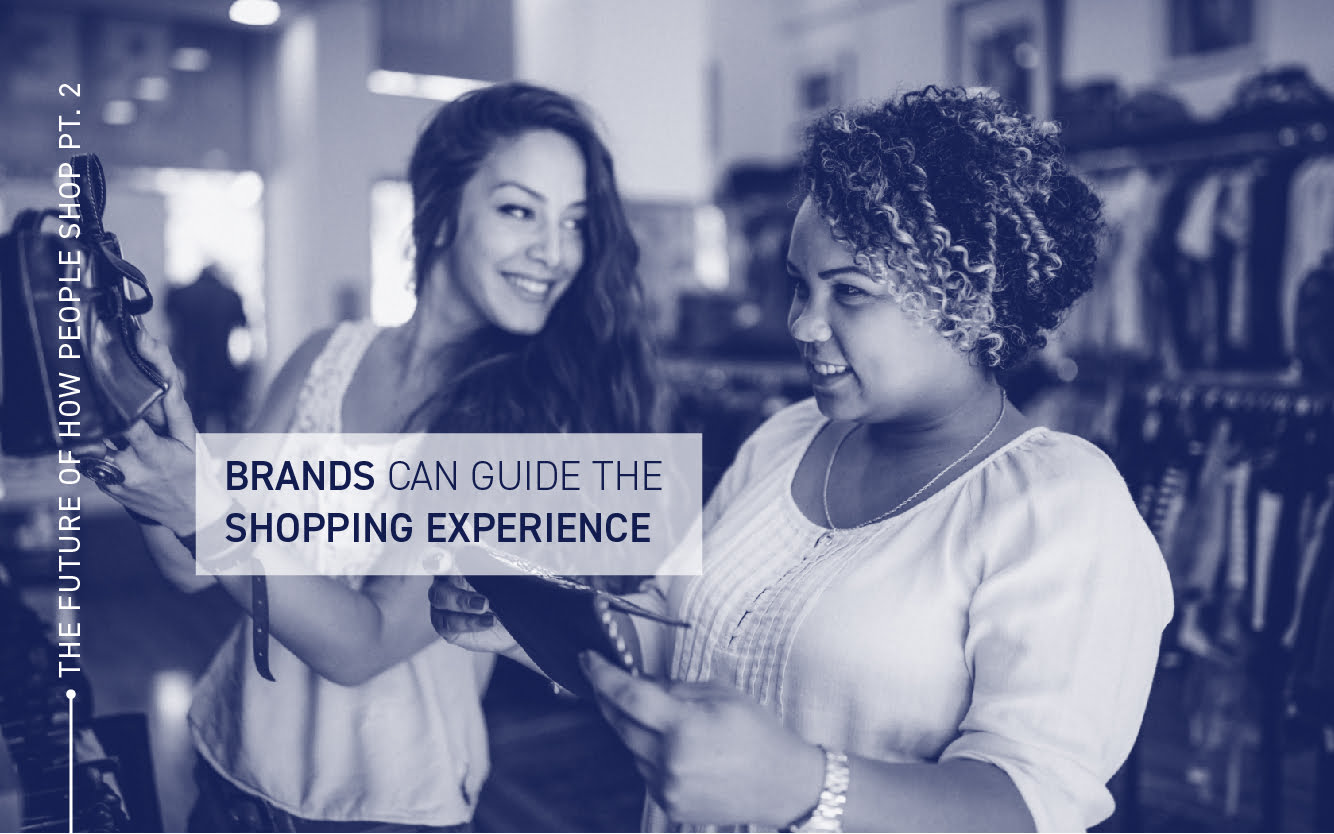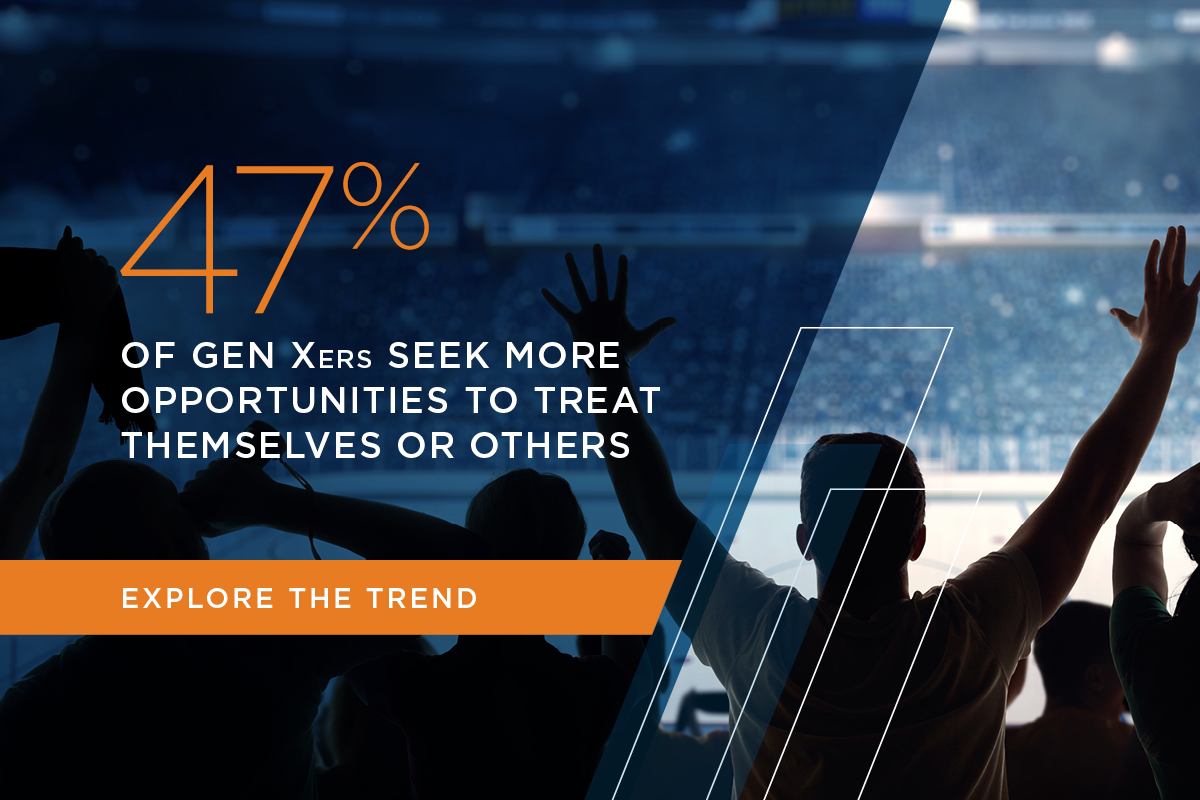Summary
How Brands Can Guide Consumers to a Better Shopping Experience When it comes to shopping, the internet has made an abundance of information readily accessible and put more power into the hands of consumers than ever before. As a result, the consumer journey is changing at a rapid pace, and it’s up to brands and marketers to meet these changes head-on.
To do that, we need to better understand the influences behind customer decisions — to see how customers discover new information and products, and what pushes them to make a purchase.
With these goals in mind, we created a survey that asked customers about their shopping journey with five common purchases: cleaning supplies, groceries, skincare products, small electronics, and restaurant transactions. We hoped to learn more actionable shopper insights for both the present and future of commerce.
We discovered that shopping is still about more than just a straight line from need to purchase. It is a journey that many people enjoy taking. We also learned that there are still many ways brands and advertisers can help make that journey more pleasant and guide consumers to what they actually want.
4 Things We Learned That Can Help Brands Guide Customers on Their Shopping Journey
1. Many consumers still enjoy shopping as recreation.
Though shopping on the internet is much more convenient, not all shopping is purpose-driven. Many people still enjoy the pleasure of browsing and discovering new things that the shopping experience brings. In fact, 61% of consumers said they liked to explore and find new products while shopping.
Though only about half of that number enjoy leisure shopping for daily necessities like cleaning supplies and groceries, 75% of consumers like shopping around for luxury items like skincare products and electronics.
2. After a purchase, advertising can be a valuable educational tool.
You might think that targeted advertising for a product is no longer necessary once the customer has made a purchase. It turns out, however, that the role of advertising simply needs to shift gears at this point.
More than half of consumers want ads that will help them get an optimal experience from the product they just bought. Considering how popular tutorials of all varieties are on sites like YouTube, the desire for guidance — especially in areas such as skincare and electronics, where the interest was at its highest — isn’t a surprise.
3. Consumers want ads to guide them throughout the process.
When shoppers have something specific they want to buy, they want to be able to find it easily. Ads can help in this regard, and many shoppers already know it — 43% of respondents in our study were open to targeted ads that would help them locate a product in a store.
Here the role of advertising is twofold — it can guide people to the right store, and it can guide people within the store. Brands and marketers can use customer shopping lists to create a shopping experience that will point people in the right direction for each item they want.
4. Some consumers are attracted to ads that engage multiple senses.
Sixteen percent of shoppers love it when ads appeal to all their senses. When selling electronics, that number rises to 23%. Creating a more tactile, sensory experience not only catches people’s attention, it directly influences their emotions, which can steer their buying decisions.
Many in audio advertising are already trying to engage the senses through music and sound production in an effort to connect on a deeper lever with their audiences. There’s no reason other media can’t experiment with similar tactics.
While each consumer journey is unique, there are clear patterns in the data that can help brands create a better discovery experience while making the path to purchase as straightforward and seamless as possible. For more shopper insights and information on ways to improve the consumer journey, download our report, “The Future of How People Shop.”



